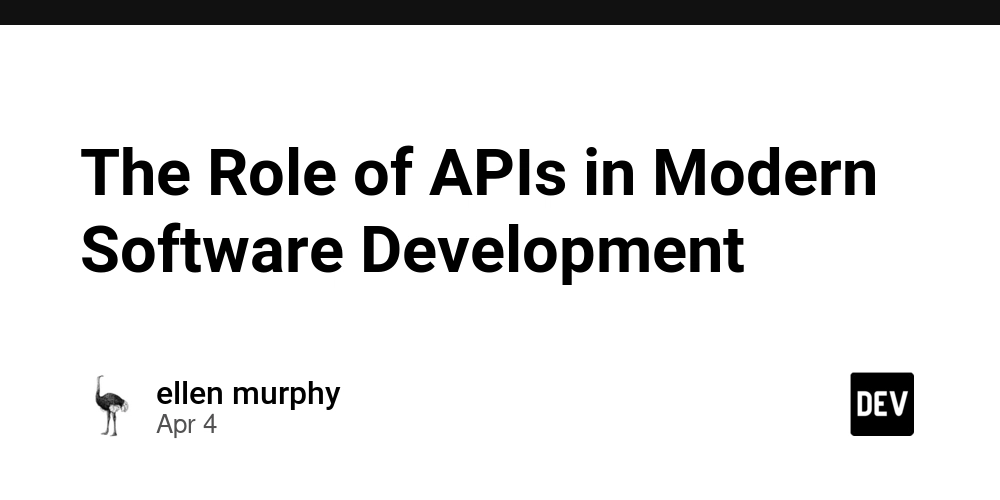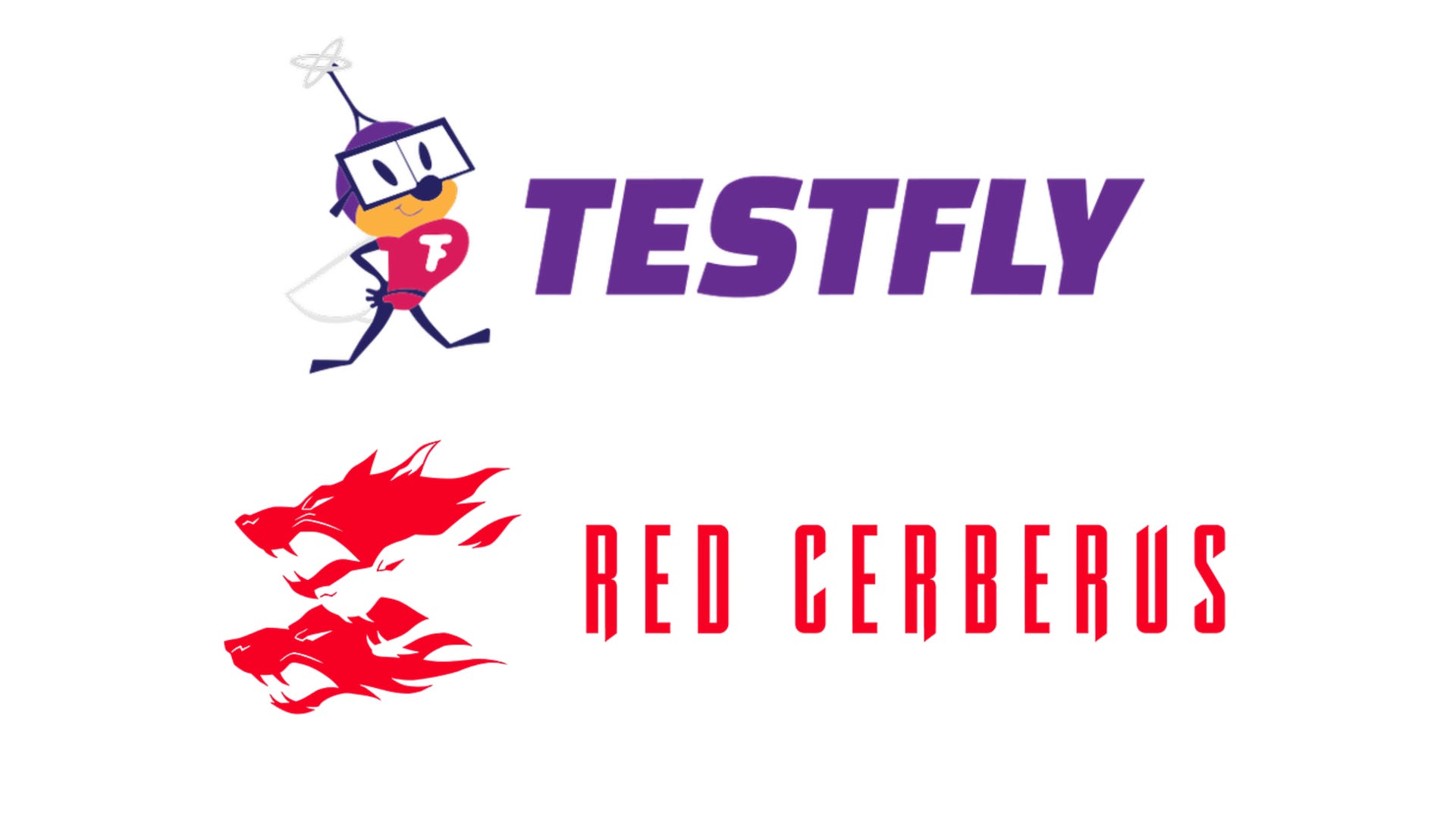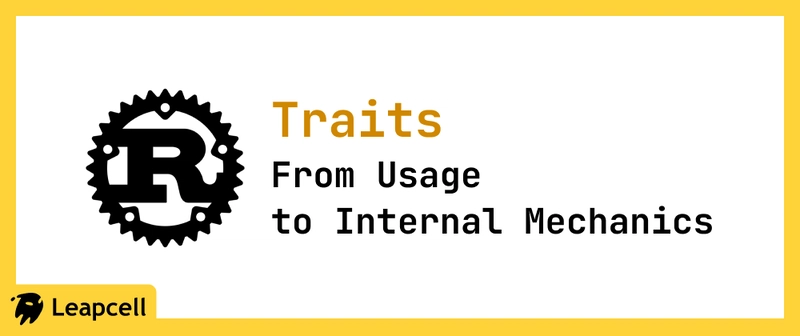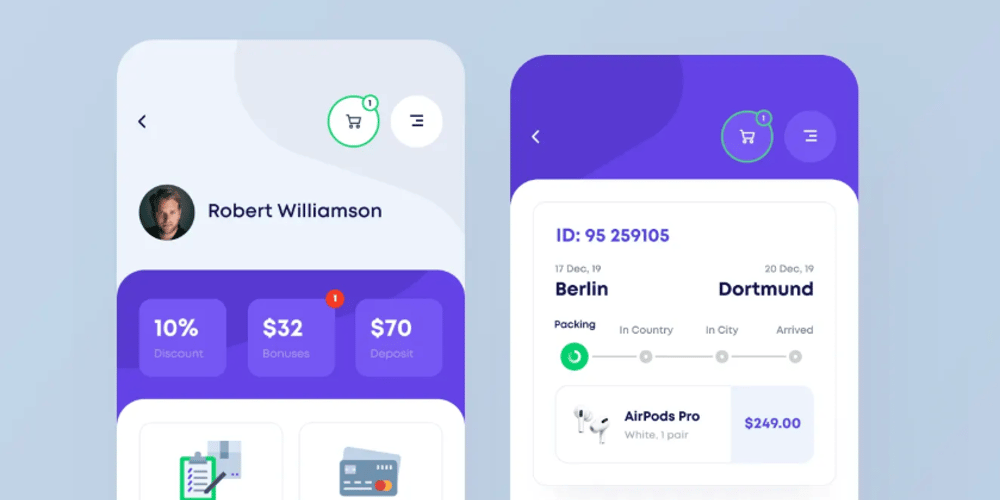Software Testing in 2025: A Developer’s Guide to the Next QA Frontier
Introduction: Testing as a Developer’s Ally Software testing isn’t just a QA chore—it’s a developer’s secret weapon, the glue that turns code into something shippable. As we hit April 2025, testing’s not standing still; it’s charging forward, fueled by AI, sprawling systems, and a sharper focus on ethics. Whether you’re debugging a REST API or wrestling with IoT quirks, these trends are reshaping how we ensure quality. This isn’t about handing off to testers—it’s about owning the process, from commit to prod. Let’s dive into what’s driving software testing in 2025, with practical takeaways for every developer who wants to ship better code. AI-Powered Testing: Automating the Grind AI’s crashed the testing party, and in 2025, it’s a game-changer for developers. Tools like Testim.io and Diffblue Cover use machine learning to generate unit tests, flag risky code paths, and even fix scripts when your app’s UI shifts. Recent stats show this cuts manual testing by up to 40%, a lifeline when you’re racing a deadline. Imagine running npm test and having AI fill in the gaps—less boilerplate, more focus on logic. But it’s not magic. AI leans on data, and if that data’s off—say, missing edge cases—it’ll skip bugs or waste time. That’s where you come in, tweaking its output in your pipeline. Try Diffblue for Java unit tests or Testim for UI flows—hook them into GitHub Actions and see the difference. In 2025, AI’s your pair programmer that never sleeps; learn its quirks, and it’ll save your bacon. Shift-Left and Shift-Right: Testing Where It Counts Gone are the days of testing as a last-minute scramble. Shift-Left brings it into your dev flow—tools like SonarQube scan as you code, catching issues before they hit CI. It’s a no-brainer: fixing a bug pre-merge is 15 times cheaper than post-prod, per industry data. Add a linter and Jest to your VS Code setup, and you’re catching flubs before they leave your desk. Shift-Right flips it, testing in prod with real data—think canary releases via Vercel or A/B splits with PostHog. In 2025, the pros blend both: Shift-Left for early wins, Shift-Right for live polish. Write unit tests with your PRs, then monitor logs with Sentry. It’s a full-stack mindset—own quality from first commit to user feedback, and your code’s tougher for it. Cybersecurity Testing: Hardening Your Code Cybercrime’s a $10.5 trillion beast by year-end 2025, and security testing’s now your job too. DevSecOps means tools like OWASP ZAP in your pipeline, sniffing out SQL injection or XSS risks. A hot twist this year? AI’s simulating supply-chain attacks—think SolarWinds 2.0—so you can patch before hackers pounce. Zero-trust’s up too, with 41% of shops locking endpoints (Statista). For devs, this means running zap-cli locally or adding Snyk to your CI—scan that Node.js app before it ships. Security’s not optional; it’s quality’s backbone. A bug might crash a feature, but a breach kills trust. In 2025, harden your code—it’s the frontline now. Low-Code/No-Code Testing: Sharing the Load Low-code/no-code testing’s blowing up in 2025, and it’s a win for devs. Platforms like TestGrid and Mabl let PMs or clients build UI tests with drag-and-drop, a $65 billion market flex. You’re not writing every script—your teammate can validate that login flow while you tackle the backend. It’s less on your plate, more team juice. It’s not a cure-all, though. Low-code nails basic checks but chokes on complex APIs or async logic. Pair it with Selenium for the heavy stuff—let Mabl handle the front, you own the guts. Set up a quick TestGrid demo for your squad; it’s a collab hack that frees you to code what matters. Sustainable Testing: Leaner Dev Life Sustainability’s hit testing in 2025, and it’s practical as hell. Cloud platforms like LambdaTest ditch local rigs for virtual ones, while AI trims test bloat—30% cost cuts, says the data. Less power, less cash, same quality. Swap that old Jenkins box for GitLab’s cloud runners, and write tests that don’t loop to death. It’s not preachy—it’s efficient. In 2025, lean testing’s a dev flex: ship fast, waste less. Your CI/CD’s greener, your budget’s happier, and your code still rocks. Small tweak, big vibe. Hyper-Automation: Testing at Scale Hyper-automation’s 2025’s turbo mode—AI, ML, and RPA running the show. Test.ai scans your Python app and spits out tests, no setup needed, while RPA bots hammer CRUD ops. It’s clutch for IoT or microservices—manual testing can’t touch that scale. A single run covers what used to take a sprint. Integration’s the beast—pipe Test.ai into Dockerized CI, and it sings. For devs, it’s less grunt work, more building. Try it on a side project; it’s automation on steroids, and 2025’s the year to ride it. Scale’s your friend—own it. IoT Testing: Debugging the Future IoT’s everywhere—21.5 billion devices by year-end (Gartner)—and testing it’s a dev’s nightmare turned p

Introduction: Testing as a Developer’s Ally
Software testing isn’t just a QA chore—it’s a developer’s secret weapon, the glue that turns code into something shippable. As we hit April 2025, testing’s not standing still; it’s charging forward, fueled by AI, sprawling systems, and a sharper focus on ethics. Whether you’re debugging a REST API or wrestling with IoT quirks, these trends are reshaping how we ensure quality. This isn’t about handing off to testers—it’s about owning the process, from commit to prod. Let’s dive into what’s driving software testing in 2025, with practical takeaways for every developer who wants to ship better code.
AI-Powered Testing: Automating the Grind
AI’s crashed the testing party, and in 2025, it’s a game-changer for developers. Tools like Testim.io and Diffblue Cover use machine learning to generate unit tests, flag risky code paths, and even fix scripts when your app’s UI shifts. Recent stats show this cuts manual testing by up to 40%, a lifeline when you’re racing a deadline. Imagine running npm test and having AI fill in the gaps—less boilerplate, more focus on logic.
But it’s not magic. AI leans on data, and if that data’s off—say, missing edge cases—it’ll skip bugs or waste time. That’s where you come in, tweaking its output in your pipeline. Try Diffblue for Java unit tests or Testim for UI flows—hook them into GitHub Actions and see the difference. In 2025, AI’s your pair programmer that never sleeps; learn its quirks, and it’ll save your bacon.
Shift-Left and Shift-Right: Testing Where It Counts
Gone are the days of testing as a last-minute scramble. Shift-Left brings it into your dev flow—tools like SonarQube scan as you code, catching issues before they hit CI. It’s a no-brainer: fixing a bug pre-merge is 15 times cheaper than post-prod, per industry data. Add a linter and Jest to your VS Code setup, and you’re catching flubs before they leave your desk.
Shift-Right flips it, testing in prod with real data—think canary releases via Vercel or A/B splits with PostHog. In 2025, the pros blend both: Shift-Left for early wins, Shift-Right for live polish. Write unit tests with your PRs, then monitor logs with Sentry. It’s a full-stack mindset—own quality from first commit to user feedback, and your code’s tougher for it.
Cybersecurity Testing: Hardening Your Code
Cybercrime’s a $10.5 trillion beast by year-end 2025, and security testing’s now your job too. DevSecOps means tools like OWASP ZAP in your pipeline, sniffing out SQL injection or XSS risks. A hot twist this year? AI’s simulating supply-chain attacks—think SolarWinds 2.0—so you can patch before hackers pounce. Zero-trust’s up too, with 41% of shops locking endpoints (Statista).
For devs, this means running zap-cli locally or adding Snyk to your CI—scan that Node.js app before it ships. Security’s not optional; it’s quality’s backbone. A bug might crash a feature, but a breach kills trust. In 2025, harden your code—it’s the frontline now.
Low-Code/No-Code Testing: Sharing the Load
Low-code/no-code testing’s blowing up in 2025, and it’s a win for devs. Platforms like TestGrid and Mabl let PMs or clients build UI tests with drag-and-drop, a $65 billion market flex. You’re not writing every script—your teammate can validate that login flow while you tackle the backend. It’s less on your plate, more team juice.
It’s not a cure-all, though. Low-code nails basic checks but chokes on complex APIs or async logic. Pair it with Selenium for the heavy stuff—let Mabl handle the front, you own the guts. Set up a quick TestGrid demo for your squad; it’s a collab hack that frees you to code what matters.
Sustainable Testing: Leaner Dev Life
Sustainability’s hit testing in 2025, and it’s practical as hell. Cloud platforms like LambdaTest ditch local rigs for virtual ones, while AI trims test bloat—30% cost cuts, says the data. Less power, less cash, same quality. Swap that old Jenkins box for GitLab’s cloud runners, and write tests that don’t loop to death.
It’s not preachy—it’s efficient. In 2025, lean testing’s a dev flex: ship fast, waste less. Your CI/CD’s greener, your budget’s happier, and your code still rocks. Small tweak, big vibe.
Hyper-Automation: Testing at Scale
Hyper-automation’s 2025’s turbo mode—AI, ML, and RPA running the show. Test.ai scans your Python app and spits out tests, no setup needed, while RPA bots hammer CRUD ops. It’s clutch for IoT or microservices—manual testing can’t touch that scale. A single run covers what used to take a sprint.
Integration’s the beast—pipe Test.ai into Dockerized CI, and it sings. For devs, it’s less grunt work, more building. Try it on a side project; it’s automation on steroids, and 2025’s the year to ride it. Scale’s your friend—own it.
IoT Testing: Debugging the Future
IoT’s everywhere—21.5 billion devices by year-end (Gartner)—and testing it’s a dev’s nightmare turned playground. Smart bulbs, cars, wearables—frameworks mock them, cloud farms like BrowserStack test every combo. Latency, security, edge logic—it’s all in play. A bug in a thermostat’s a quirk; in a drone, it’s a crash.
Grab IoTIFY to simulate locally, then scale with LambdaTest. In 2025, IoT testing’s a skill to snag—your REST skills plus device chaos. Nail it, and you’re the dev who tames the connected wild. It’s messy, but it’s yours.
Ethical Testing: Code That Cares
Ethics isn’t fluff in 2025—it’s QA’s soul. AI’s everywhere, so you’re auditing bias—think facial recognition flops—and privacy, per GDPR. It’s not just “does it work?” but “is it fair?” Add Fairness Indicators to your ML tests, or mock GDPR flows with Postman.
For devs, it’s a wider net—code’s impact, not just output. Ethical testing’s quality with guts, a chance to ship stuff that doesn’t screw people over. It’s a higher bar; step up, and your work’s got heart.
Quantum Testing: The Weird Edge
Quantum’s creeping in 2025, and testing’s along for the ride. It’s early—Qiskit simulators, not hardware—but it’s trippy. Quantum’s probabilistic, so you’re stats-checking, not breakpoint-hunting. A bug’s a wave, not a crash. Tinker with Qiskit’s Python SDK; it’s R&D for 2030.
It’s niche, but cool. In 2025, quantum testing’s a dev’s side quest—play now, lead later. The payoff’s years out, but the edge is real. Curious? Dive in; it’s the next weird frontier.
Dev-Tester Sync: The Real MVP
Tools are dope, but people make it happen. In 2025, DevOps and QAOps glue you to testers—pair up, debug live. Upskill in AI, security, ethics; the game’s fast. Dev.to’s your crew—swap tips, steal hacks.
Write tests with your code (Mocha’s solid), chat QA early. Collaboration’s the MVP—solo’s out, sync’s in. Your PRs hit harder when you’re tight with the team. It’s the human hack that wins.
Conclusion: Your 2025 QA Kit
Testing in 2025’s a dev’s toolkit—AI, IoT, ethics, quantum. It’s not QA’s job; it’s ours—ship code that’s tight, safe, smart. Grab a tool, tweak your flow, own the game. What’s your next test?






















































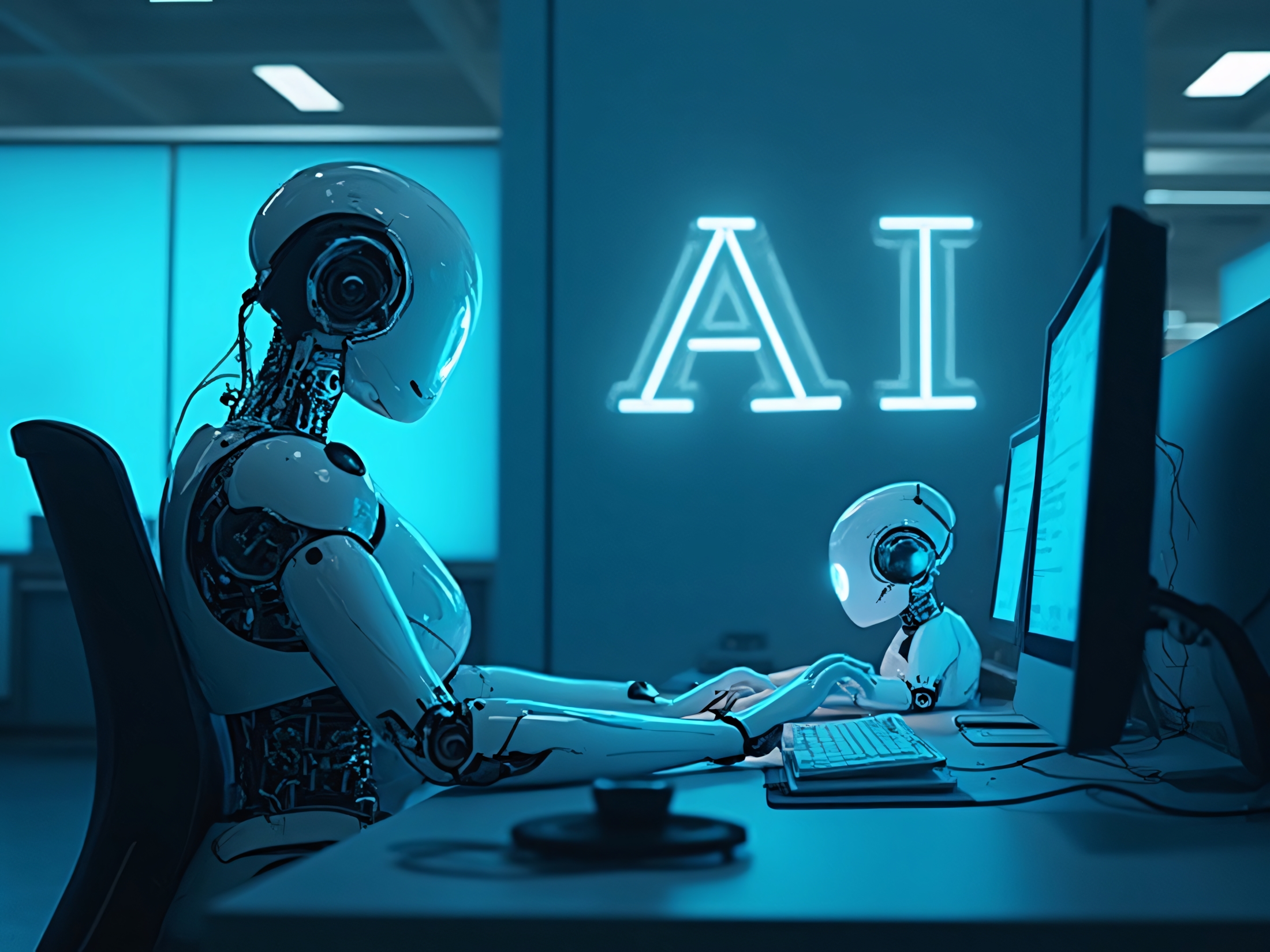












![YouTube Announces New Creation Tools for Shorts [Video]](https://www.iclarified.com/images/news/96923/96923/96923-640.jpg)
![Apple Faces New Tariffs but Has Options to Soften the Blow [Kuo]](https://www.iclarified.com/images/news/96921/96921/96921-640.jpg)






































































































.webp?#)












































































![[The AI Show Episode 142]: ChatGPT’s New Image Generator, Studio Ghibli Craze and Backlash, Gemini 2.5, OpenAI Academy, 4o Updates, Vibe Marketing & xAI Acquires X](https://www.marketingaiinstitute.com/hubfs/ep%20142%20cover.png)




























































































